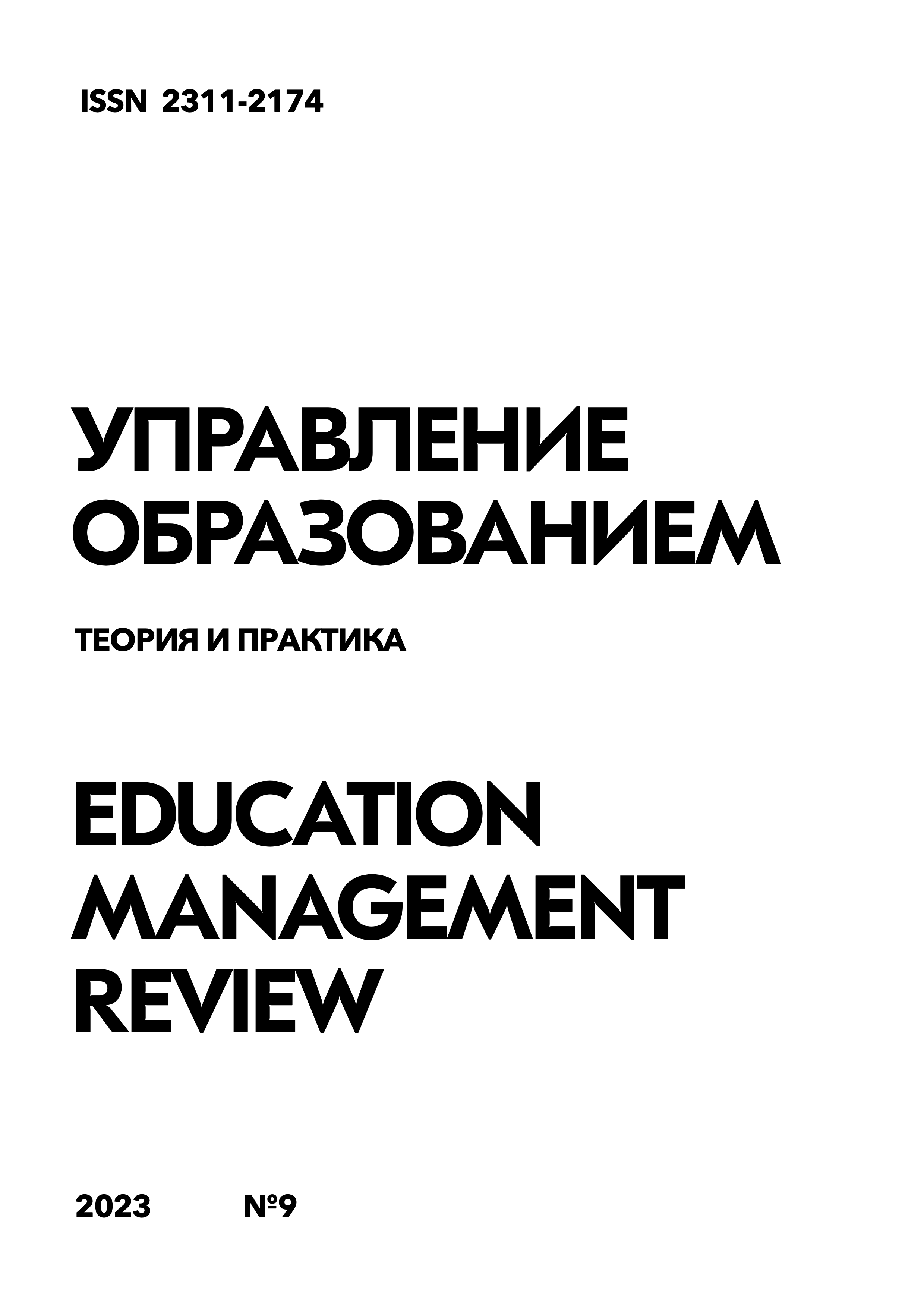Integration of technological innovations into the educational process: analysis of the impact of digital and interactive tools on the effectiveness of learning
DOI:
https://doi.org/10.25726/m6030-4428-2891-fKeywords:
technological innovations, educational process, digital tools, interactive tools, learning efficiency, educational technologies, digital educationAbstract
Technological innovations have become an integral part of the modern educational process. In the general context, the role of innovation in education is being transformed, according to the International Educational Bureau (2021), into a key axis of progressive learning, which determines, among other parameters, the representativeness and effectiveness of training programs. Various approaches to technology integration are used in the educational process. Traditional methods usually involve the use of technology to support the learning process, for example, the use of projectors, computers or electronic textbooks. Innovative methods, on the contrary, may include the use of technology to create new ways of interaction and learning, for example, through virtual reality, gamification or the use of artificial intelligence to personalize learning. Among the main digital and interactive tools used in education, virtual reality can be distinguished, which allows students to immerse themselves in the learning environment; mobile applications that provide access to learning anytime and anywhere; online platforms that offer flexible and affordable courses for distance learning. First of all, it should be noted that the integration of technological innovations into the educational process has a significant impact on the progressiveness and effectiveness of the pedagogical process. The analysis of the data showed that the use of digital educational technologies in the classroom improves the cognitive results of students by 18%, socio-emotional development by 23% and motivation by 25%.
References
Бубнов В.А., Зимина Е.В. Стратегия развития университета: социологический аспект // Известия Байкальского государственного университета. 2021. Т. 31. № 4. С. 515-523. DOI 10.17150/2500- 2759.2021.31(4).515-523.
Воронцова Е.Г. Взаимосвязь удовлетворенности онлайн-обучением в вузе с индивидуально-психологическими особенностями обучающихся // Baikal Research Journal. 2021. Т. 12, № 4. C. 19. http://brj-bguep.ru/reader/article.aspx?id=24855. DOI 10.17150/2411-6262.2021.12(4).19.
Елтунова И.Б., Нестеров А.С. Использование алгоритмов искусственного интеллекта в образовании // Современное педагогическое образование. 2021. №11. С. 150-154.
Король Л.Г., Рахинский Д.В., Малимонов И.В. Образовательная среда и ее влияние на динамику профессиональных установок студентов вуза // Проблемы развития АПК Саяно-Алтая. Абакан, 2015. T. 2. С. 200-203.
Масягин С.В. О педагогическом обеспечении довузовской подготовки будущих студентов цифровой экономики // Мир науки, культуры, образования. 2018. № 5 (72). С. 280-282.
Мылтасова О.В. Особенности ценностных ориентаций студентов разных форм обучения // Актуальные проблемы современного образования: опыт и инновации: материалы науч.-практ. конф. Ульяновск, 2014. С. 432-437.
Пырнова О.А., Зарипова Р.С. Технологии искусственного интеллекта в образовании // Russian Journal of Education and Psychology. 2019. №3. С. 41-44.
Раевская Л.Т., Карякин А.Л. Инновационные технологии в преподавании технических дисциплин // Современные проблемы науки и образования. 2017. № 5.
Сницарёва П.А., Деревцова И.В., Картапольцева М.А., Сыч С.А. Развитие системы электронного обучения: вызовы и угрозы в условиях цифровой экономики // Baikal Research Journal. 2021. Т. 12. № 3. С. 10.
Чулюков В.А., Дубов В.М. Искусственный интеллект и будущее образования // Современное педагогическое образование. 2020. №3. С. 27-31.
Arno-Macia E. The Role of Technology in Teaching Languages for Specific Purposes Courses. The Modern Language Journal 96/Focus Issue. 2012. Pp. 89-104.
Hosman T. (2017). Using Interactive Whiteboard Technology to Increase Engagement in the Classroom. Retrieved 2 November 2018, from https://www.alfred.com/blog/using-interactive-white-board-technologyincrease-engagement-classroom.
Karadag E. Multi-level analyses of distance education capacity, faculty members' adaptation, and indicators of student satisfaction in higher education during COVID-19 pandemic / E. Karadag, A. Su, H. Ergin-Kocaturk. DOI 10.1186/s41239-021-00291-w // International Journal of Educational Technology in Higher Education. 2022. Vol. 18, iss. 1. P. 1-20.
Khan B.H. (2005). E-learning quick checklist. London Littlewood, W. (1981). Communicative Language Teaching. An Introduction. Cambridge: Cambridge University Press.
Kose A. Arslan Intelligent e-learning system for improving students' academic achievements in computer programming courses International Journal of Engineering Education, 32 (2016), pp. 185-198
Parab V. (2015). Innovative techniques, methods and trends in English language teaching, IOSR Journal of Humanities and Social Science, Vol. 20, Issue 6, ver. 1, pp. 40-44.




